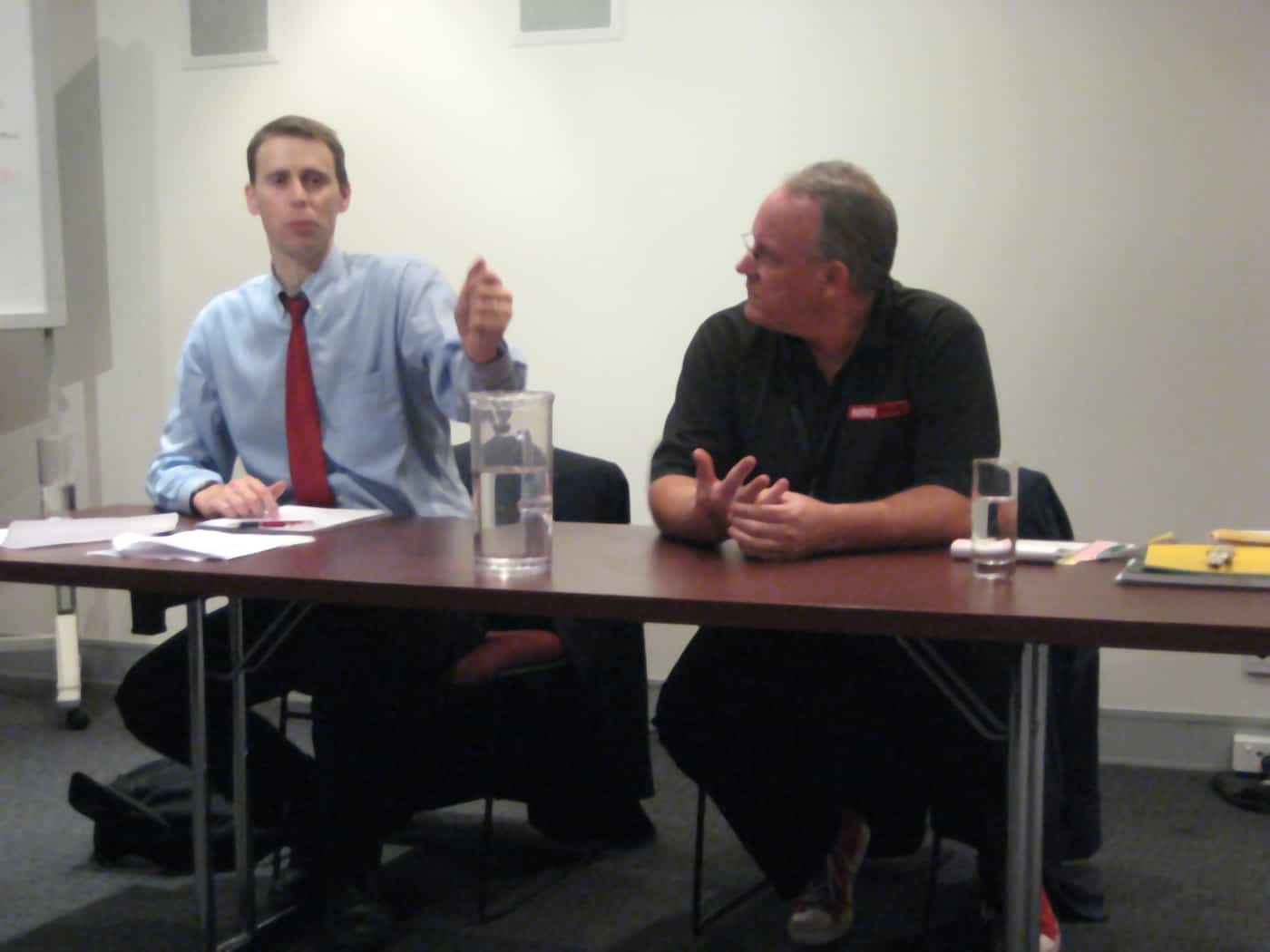Recently an international business established an intranet discussion forum concerning “employee engagement”. By and large, this is another example of business management twaddle.
Essentially, when one engages with another, there is discussion, a conversation and the sharing of ideas in a cooperative, positive manner. In OHS circles this is called “consultation”. By discussing issues, people learn the basics, they refine their understandings and, often, come to a consensus or a resolution.
“Engagement” is another word for what happens on a daily basis in workplaces everywhere. What is bothersome is when a new management term is generated in order to, primarily, sell a new management book, and in a much lower priority, to provide a new perspective.
In the current edition of Australia’s business magazine, BRW, there is a discussion on engagement, (not available online). Through an OHS perspective, interpret the following quotes about “employee engagement scores):
“About 40 per cent of employees were failing at the most basic level, saying they either didn’t know what was expected of them or didn’t have the tools to do it.”
OHS = consultation, job description, induction, supervision.
“Those in a leadership position now are taking advantage and redoubling their efforts around employee engagement.”
OHS = leadership, safety culture
The article makes a useful distinction that an “engaged employee” does not equal a “happy employee”.
The BRW article does not, however, discuss the possible downsides of engagement. There is a risk that benchmarking of engagement may applied inappropriately and, according to the CIPD:
“Research confirms however that there is a significant gap between levels of engagement found among UK employees and those that would produce optimum performance. HR professionals need to recognise that engagement is a strategic issue that cannot simply be left to manage itself.”
Engagement is another tool for management but just how many tools are needed?
In short, a management system needs to talk with employees, listen to employees, and support employees. Wow, how radical. It can be that simple.



